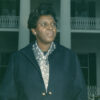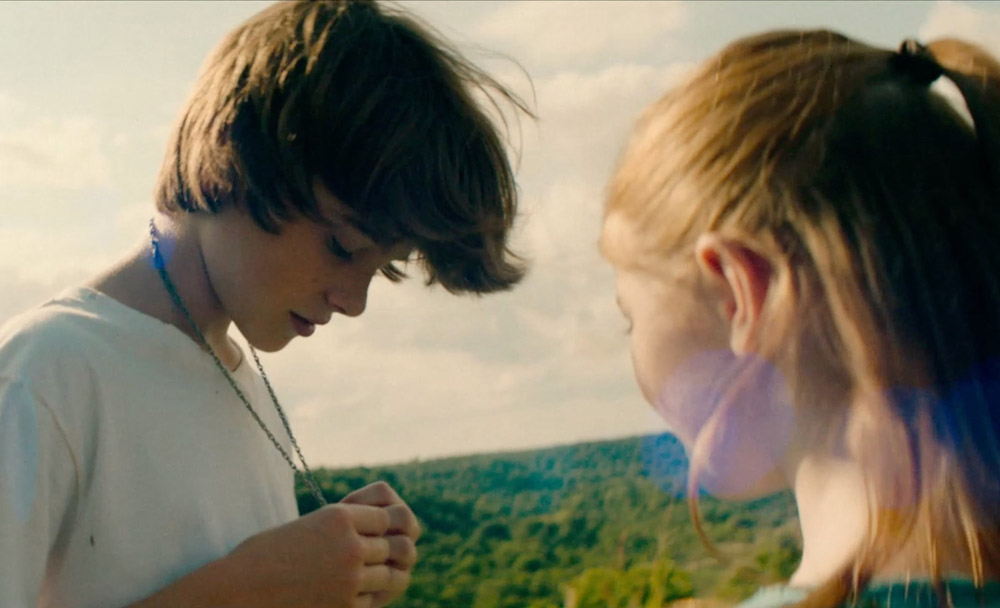“There’s a time when a man’s got to step up for himself,” a father tells his son Oscar (Mitchell Paulsen) in “Run With the Hunted,” surely not knowing where that advice will lead. In John Swab’s thriller, words have a way of etching themselves into someone as deeply as a knife could pierce the skin and for the impressionable Oscar, the admonition from his dad inadvertently means never seeing him again as he takes measures into his own hands upon seeing his friend Loux’s father be abusive towards his two children and runs off into the unknown, fearing what punishment will come.
It’s here where the writer/director takes creative liberty, fashioning a crime drama from Oscar ultimately finding a place amongst thieves in the city, a gang of teens and younger who answer to a kingpin who lives under the radar named Birdie (Ron Perlman), but Swab knew intimately the feeling of being all on his own from a young age, settling in with his own makeshift family on the streets after leaving home at 15. With that experience, “Run With the Hunted” carries a different perspective on how those who are popularly seen as being most dangerous to society are initially shaped by it when Oscar (played as an adult by Michael Pitt) and Peaches (Dree Hemingway), a fellow runaway, navigate a world in which the only opportunities they’re afforded seem to come on the wrong side of the law and constantly try to make the best choice out of the handful of bad options available to them.
With the film divided into two distinct halves between childhood and young adulthood, Swab shows how Oscar takes inspiration from unexpected places — it doesn’t seem accidental that a big-hearted underling for Birdie, played by Mark Boone Junior, is named Sway — and how that education plays out in unexpected ways. Following the film’s premiere last fall at the Woodstock Film Festival, “Run With the Hunted” is now making its way into homes on demand and on digital and Swab spoke about how he became interested in a story like the ones of his fellow Oklahoman S.E. Hinton used to write, the challenge of essentially setting up two productions inside of one with separate casts, and how filming in places he knew well informed the look of the film.
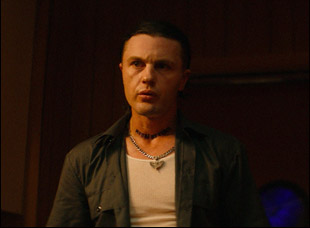
I wish I had a really clever, good answer for that, but I just have a fascination with street thieves and dime store crime novels, like Jim Thompson and films like “The Outsiders” and “Rumble Fish.” Somehow from all that, the idea for this permeated and turned into something. And I did a first half of a draft where I got to the midway point of the film and [thought] what happens now? And I’m like, “What is the last thing I’d expect to see happen right here?” And that turned out to be jumping 15 years into the future and starting the movie over again, but continuing at the same time, so I tried to write myself into a corner and figure out how to get out of it.
Did you always see it shot in this region of the country?
Not necessarily. The original script was naively written for more of a creole, Louisiana bayou kind of vibe, but I’m from Tulsa and it just made a lot more economic sense to come back here and do it. It was a really funny conversation with Jeremy, my producer and I when we were kind of getting serious about making it and I think one of us posed the idea of what does this look like in Tulsa? I very quickly rattled off locations for for every scene and a lot of those ended up becoming a reality with the film. It was just a really seamless transition [where] we really got production value we wouldn’t have gotten anywhere else. I’m really happy we ended up doing it here.
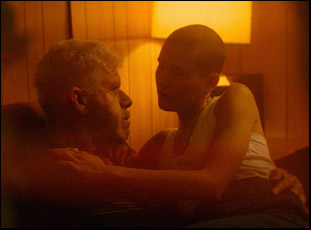
Yeah, fortunately, I grew up and lived in a lot of these areas where we shot, so that color palette is kind of the only palette that interests me when I’m making a movie — this rustic, washed out Americana look. I’m really proud of what we did there because I think the continuity of it is great and I feel it really helps elevate the story.
How did you develop a camera style for this? I really liked how it moved through scenes with a real fluidity.
Matt [Clegg], the [cinematographer] and I tried to set some just basic visual rules where in the first piece of the film, we’re on sticks and we’re nailed to the ground and we’re right there with the characters safe. And once we leave, we’re submerging ourselves into this [criminal] world, we’re primarily on steadicam and be kind of wispy and swoony and lure the viewer into the film that way. Then when we jump 15 years ahead, we try to keep it handheld and visceral, so it jolts you into this last little demise of everybody involved.
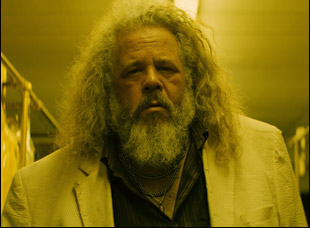
It did for a couple different reasons. One, working with minors is a totally different ballgame than working with adults, so we bifurcated the shoots where the first half was strictly minors. Like the robbery in the supermarket we filmed that in about two hours because of child labor laws and how late an actor can work. It really crunched our day into something that seemed impossible, but I was really shocked when I got to the editing room and pieced it together and saw how well it turned out with how little time we had. Then the second half [of filming] was all the adults and it was more guerrilla kind of filmmaking, so it was very much like prepping for two different films and it was a lot of fun to look at it that way.
Did seeing how the first half of the film would work actually make you reexamine the second?
Yeah, we have a local independent theater here [in Tulsa] where on the weekends, I would bring all the cast and all the crew and we watch everything from that week. Usually, we have [the raw footage] cut into sequences, so we got to watch the first half of the film about halfway through the shoot and Michael showed up about then. He and I had a lot of discussions about the character and where he saw it going and what the strong suits were of Mitchell, the younger actor [playing Oscar], and how we could play to that, so we did rewrite a few scenes and it evolved as we were making the movie. And specifically with Loux, who is played by Sam Quartin, and with Dree, who played Peaches, there was months of conversation and back-and-forth about how things could be played and where they had been in this absent period of the film, and having the ability to have their younger counterparts come and do their scenes and study from that I think was a big benefit to them.
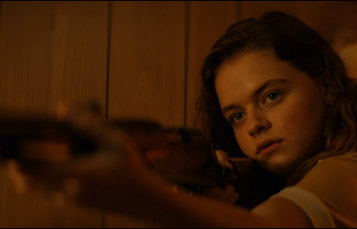
It was great. I really, really enjoyed working with all those kids, and there’s such a freedom to kids at that age where they’re not self-aware as adults are and they can really lose themselves in a character or in a scene and really drive it. A lot them were non-actors, so it forced a lot of the more seasoned people on set to really be present in the moment and react off of that raw novice energy, and the most beautiful thing about Michael [Pitt] is that each scene for him is a blueprint, so you just turn the camera on and let him go and sometimes he takes it to a place I never dreamed of. Those scenes with him and the boys where they pull the guns on him and he takes them away or the robbery or on the porch after the robbery were very special to watch because most of those kids had minimal acting experience and he was just driving the car within the scene and taking them where he saw fit. It was really special to watch.
From afar, it seems like there are a number of special productions coming out of Oklahoma of late. Does it feel like an exciting time to be making movies there?
Yeah, I’ve never not made a movie here. I’ve made three here so far and coming up on a fourth — the last film I did we shot about 80% of it here and 20% in L.A. and I feel like have a leg up on everybody because I’m from here and it’s a small place with minimal degrees of separation, so I love shooting here and luckily, it looks pretty beautiful on camera, so I’m going to do it as much as I can until I run out of areas to shoot.
What’s it like to come to the finish line with this?
I’m excited about it, but I’m more excited for everybody who worked on it behind the scenes to get to share it and see it. I’ve lived with it for long enough for people to find it who appreciate movies like this, so I don’t really feel as much it’s mine anymore as hopefully some people who champion it.
“Run with the Hunted” is now available on iTunes and on demand.



